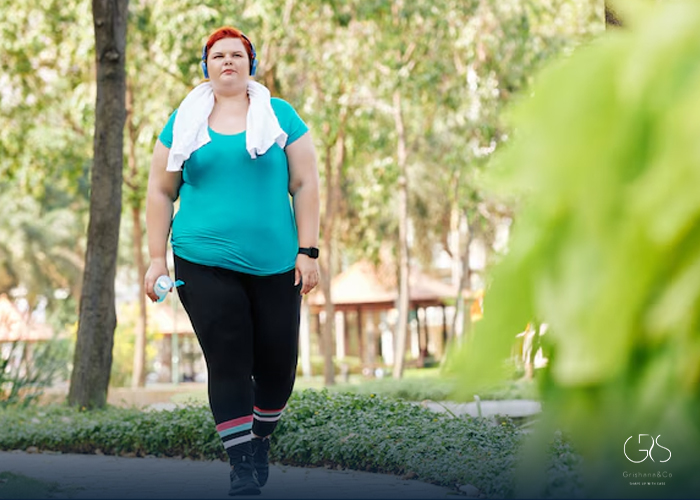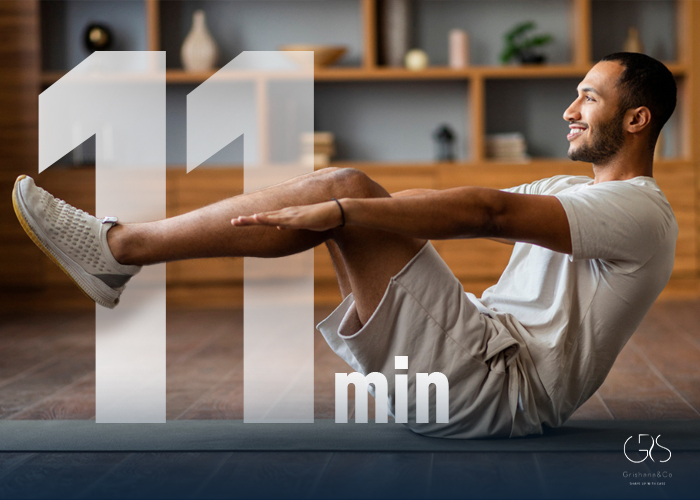In recent years, a fitness trend known as slow running has gained popularity on social media platforms. With influencers and wellness enthusiasts showcasing the benefits of a slower pace, many are now questioning if slow running is indeed an effective workout regimen. This article delves into what slow running entails, its associated benefits, whether it is always better to run slow, and why individuals should consider giving this trend a try.
What Is Slow Running?
Slow running, also referred to as easy running or conversational pace running, involves running at a pace where one can comfortably hold a conversation without feeling out of breath. Typically, this pace is significantly slower than one’s maximum speed, allowing for a more relaxed and sustainable approach to running. It focuses on building endurance and improving overall cardiovascular health rather than speed or intensity.

The Benefits of Slow Running
- Injury Prevention: Running at a slower pace reduces the risk of overuse injuries common in high-intensity training. By giving the body adequate time to adapt and recover, slow running can help individuals maintain a consistent workout routine with lower injury rates.
- Improved Endurance: Slow running enhances aerobic capacity and trains the body to utilize oxygen more efficiently. Over time, this can lead to increased endurance levels, making longer runs more manageable for individuals.
- Mental Health Benefits: Running at a slower pace can be meditative and stress-relieving. It provides individuals with an opportunity to clear their minds, focus on their breathing, and enjoy the present moment without the pressure of achieving a specific speed goal.
- Enhanced Fat Burning: While high-intensity workouts are effective for burning calories in a shorter amount of time, slow running can also contribute to weight loss by encouraging the body to utilize stored fat as an energy source during longer, sustained periods of activity.
Is It Always Better to Run Slow?
While slow running offers numerous benefits, it is essential to strike a balance between slow runs and higher-intensity workouts for optimal fitness outcomes. Incorporating variety into one’s training regimen can prevent plateaus, improve overall performance, and target different muscle groups more effectively. Both slow running and speed training have their place in a well-rounded fitness routine.

Giving Slow Running a Try
For individuals who are accustomed to faster-paced runs, transitioning to a slower pace may initially feel challenging. However, by gradually incorporating easy runs into their routine and focusing on maintaining a conversational pace, runners can experience the long-term benefits of slow running. It is important to listen to the body, adjust the pace as needed, and enjoy the process of building endurance over time.

Exploring Diverse Perspectives
While slow running has gained traction on social media and among fitness communities, it is crucial to recognize that not all individuals may benefit equally from this approach. Factors such as personal fitness goals, physical capabilities, and preferences play a significant role in determining the suitability of slow running as a primary workout strategy. Consulting with a fitness professional or healthcare provider can help individuals tailor their running routine to align with their specific needs and objectives.
Conclusion
Slow running is more than just a passing trend—it offers a sustainable and effective way to improve endurance, prevent injuries, and promote overall well-being. While incorporating slow runs into one’s training regimen can yield significant fitness benefits, it is essential to strike a balance between slow and fast running for a comprehensive workout routine. By understanding the principles of slow running, exploring diverse perspectives, and giving this approach a try, individuals can harness the power of a slower pace to enhance their running experience and fitness journey.
Sources
- Runner's World, Everything You Need to Know About Running Economy
- Cleveland Clinic , What Is Slow Running and Does It Work?









